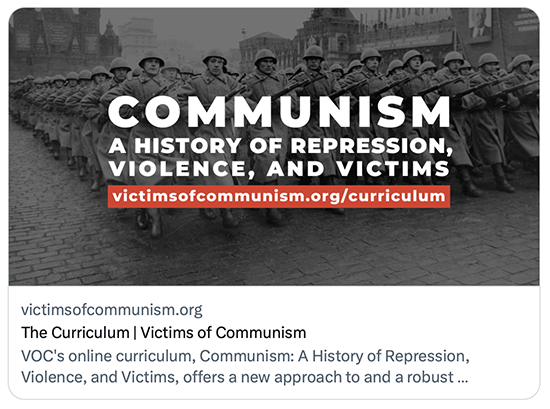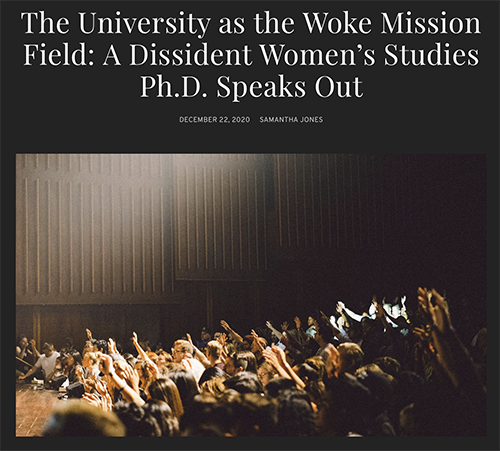Blueprint for Canada is a major public policy experiment designed to give Canadians a voice. If you support the majority of positions taken on this platform please share our website with your social network both online and in real life. Most importantly, please consider emailing this website's address (www.blueprintforcanada.ca) to your elected representative and ask them to make the "Blueprint for Canada" K-12 education platform policies the standard for public education in your province or territory. Find your local Member of the Provincial Parliament (MPP), Member of the Legislative Assembly (MLA), or Member of the National Assembly (MNA) (Quebec) here. Add your voice today to those of tens of thousands of other parents, grandparents, legal guardians, and concerned citizens all across the country standing up for Canada.
What are "Classical Liberal" values? In short, the best possible alternative to "Woke Ideology" we will ever have.

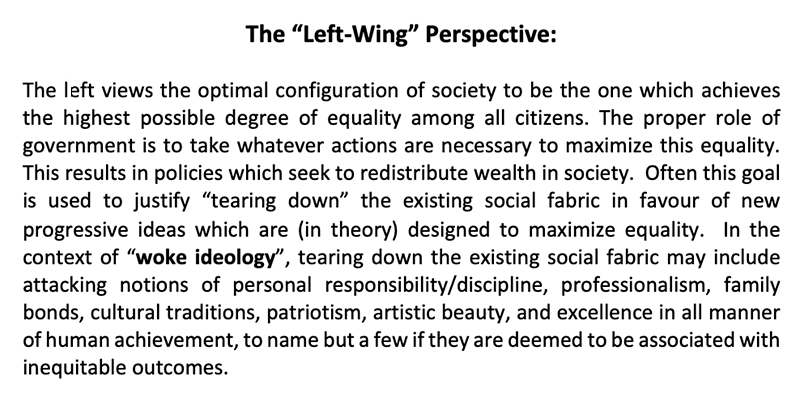

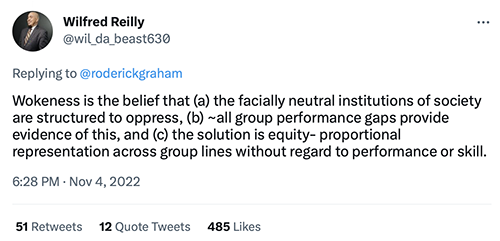


An introduction to social justice and woke ideology.
The term “woke” was originally popularized by progressive activists who saw themselves as having (metaphorically) awakened to bold new insights about the racism, sexism, homophobia, and transphobia that supposedly contaminate every corner of western societies. In recent years, however, “woke” has been more commonly used as a pejorative term to describe extremists who extrapolate these well-intentioned principles in a radically ill-advised manner. In many cases, this includes performative gestures—on social media or otherwise—that are clearly intended to burnish the ideological bona fides of woke individuals and groups, as opposed to providing real assistance to the allegedly oppressed masses whose well-being ostensibly lies at the core of the woke mission.
Some woke ideological positions are so extreme that they directly contradict core tenets of liberalism, including free speech and due process. At its outer edges, moreover, wokeism closely tracks policy prescriptions associated with reactionary 20th-century social conservatives. In schools, government agencies, and woke corporations, it has become increasingly common to celebrate racial segregation as a means to create “affinity groups.” Some woke ideologues and diversity consultants also claim that qualities associated with professional life, such as punctuality, attention to detail, and a commitment to merit, betray the influence of a nefarious force called “whiteness”—thereby channeling the racist idea that non-white individuals cannot meet baseline standards of intellect and behavior.
Woke manifestos and policy documents typically embed slogans that cast entire swathes of the western world as “oppressive” (or even intrinsically genocidal), and which call upon followers to engage in gestures of righteous “anti-capitalist” rebellion. Canada, in particular, is routinely denounced as a “white supremacist” state whose very existence must be “disrupted.”
Unlike traditional forms of leftish thought, which have been aimed in large part at assisting working-class individuals, wokeism exhibits an unconcealed hostility toward underprivileged members of society who have not internalized faddish ideas about race and gender. Woke ideas are communicated using academic jargon densely cluttered with newly conceived acronyms such as 2SLGBTQQIA+, AMAB, and BIPOC. As with many cultish movements, the unintelligible nature of this idiom is treated as a feature not a bug, since mastery of such terms permits an acolyte to signal his or her elect status within a woke organization or clique.
In other words, wokeism not only consists of a set of anti-liberal ideological concepts masquerading as progressivism, but also as a status-seeking strategy within upper-middle-class white-collar social and professional subcultures.
Many highly woke proponents plainly imagine themselves as secular priests, communicating revealed truths to their (more ignorant) workplace or classroom parishioners. While their language often is full of nominally self-incriminating flourishes about “whiteness,” “internalized white supremacy,” and their status as “settlers living on unceded land,” such admissions are actually intended as badges of enlightenment—much as a religious fundamentalist might demonstrate his or her devotion by pontificating about the shameful depths of his or her original sin.
Overall, woke ideology rejects the idea that human beings are fundamentally alike insofar as we all might enjoy the benefits—and observe the responsibilities—of a single, commonly observed social contract. Instead, society is conceived in dystopian terms, with “intersectionally” delineated groups experiencing daily life as an endless series of joyless, spiritually exhausting struggles for their very existence. Like all totalizing belief systems, it leaves little room for dissent, casting even minor doctrinal disagreements as manifestations of injurious bigotry that must be investigated and punished.
This definition of “woke” was written by Canadian journalist Jonathan Kay.
Jonathan Kay Official Substack
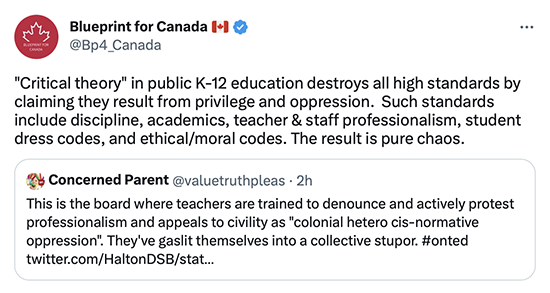
A graduate student outlines the problem with "Social Justice" woke ideology... ideas rooted in promoting division, animosity, and hate. Recommended viewing for any student in university education or social sciences programs.
Konstantin Kisin addresses the Oxford Union and gives a critically acclaimed speech on the damage caused by woke culture.
If you're part of today's woke revolution, you need to study the part of revolutions where they spin out of control. pic.twitter.com/IYNfDhtR0C
— Bill Maher (@billmaher) February 4, 2023


Anti-woke training resources for parents, teachers, staff, and students.
Visit Woke Watch Canada for factual reporting on the ideological extremism being taught in Canada's K-12 schools.
-
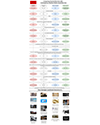
Classical vs contemporary marxism.
One handy flowchart compares the rise of classical Marxism with contempory forms based on identity politics along with their cultural manifestations.
-
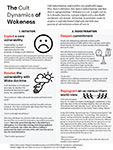
The cult dynamics of wokeness.
A single page handout explores the uncanny similarities between "Woke" ideology and religous cults.
-
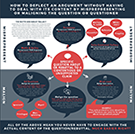
Woke Argument Tactics
Woke strategies when debate cannot be avoided.
-
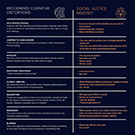
Recognized Woke Cognitive Distortions
A comparison with the social justice mindset.
-

Responding to social justice rhetoric.
A handy guide for anyone dealing with social justice rhetoric in schools or the workplace.
-
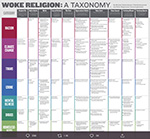
Woke religion: A taxonomy.
A comparative look at various questionable ideas.
-
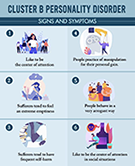
Woke Personality Disorders
Woke susceptibility to "Cluster B" type personality disorders.
-

Human Progress
One image showing the astounding progress of humanity since the 1800's.
-
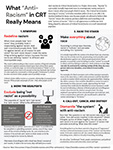
What "Anti-Racism" in CRT really means.
A single page handout exploring the ideas behind contemporary "Anti-Racism".
-
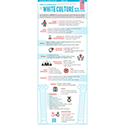
How to harm marginalized kids.
An actual example handout used in "Diversity Training" sessions for those who are not familiar with the issues.
-
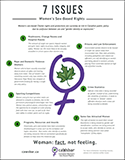
How to harm women and girls.
Example graphics illustrating the harm woke "Gender Ideology" has on women and girls.
-
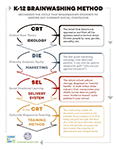
K-12 "Woke" Indoctrination Cycle
The "woke" ideological indoctrination cycle in our K-12 public schools.








